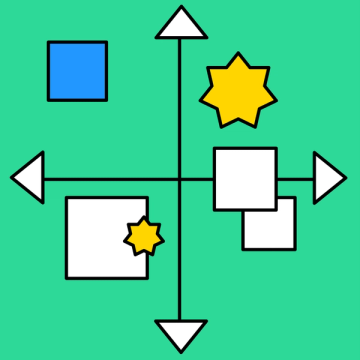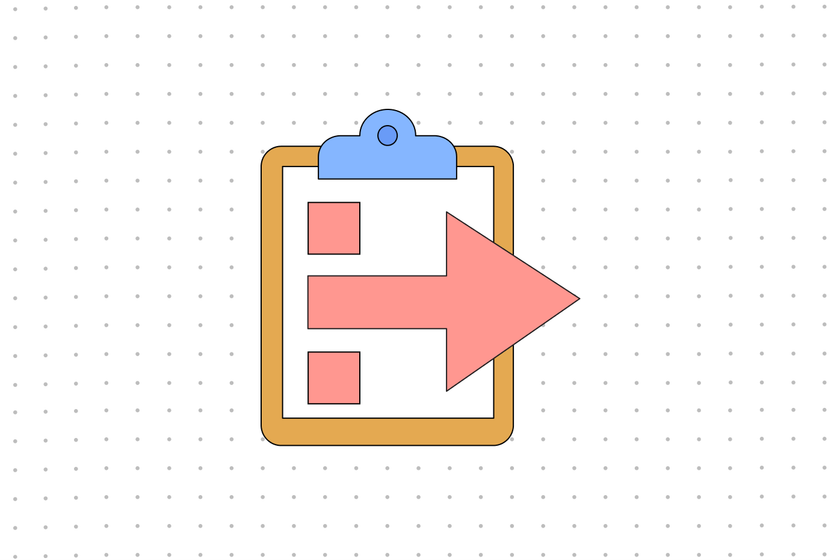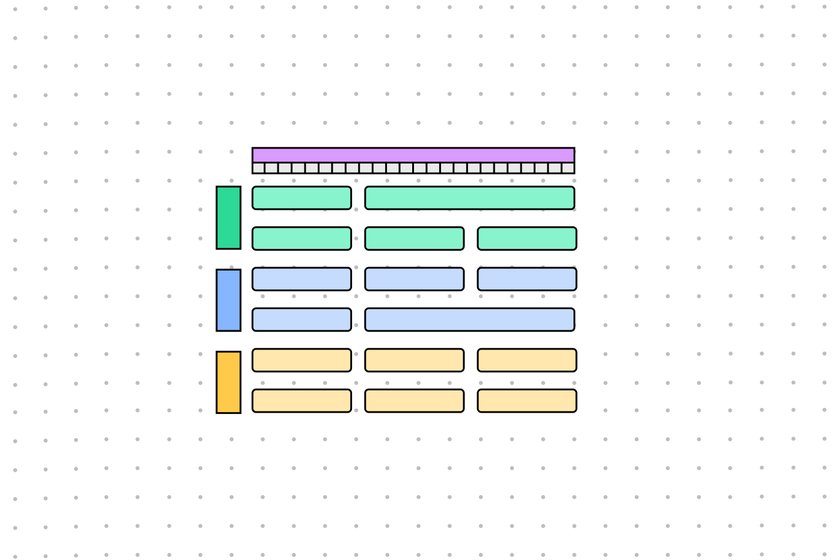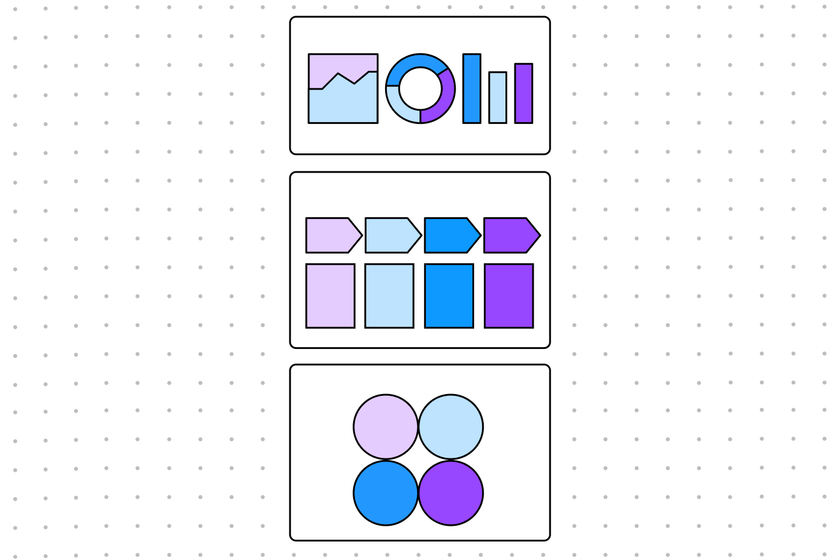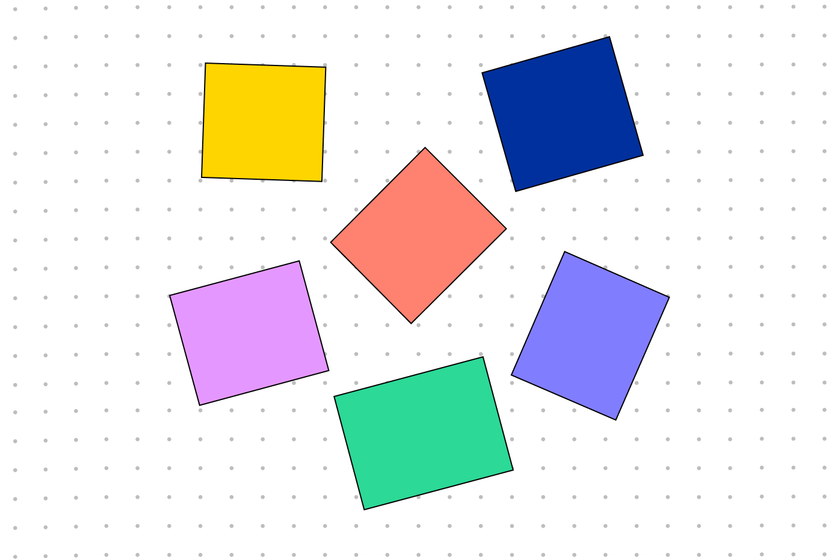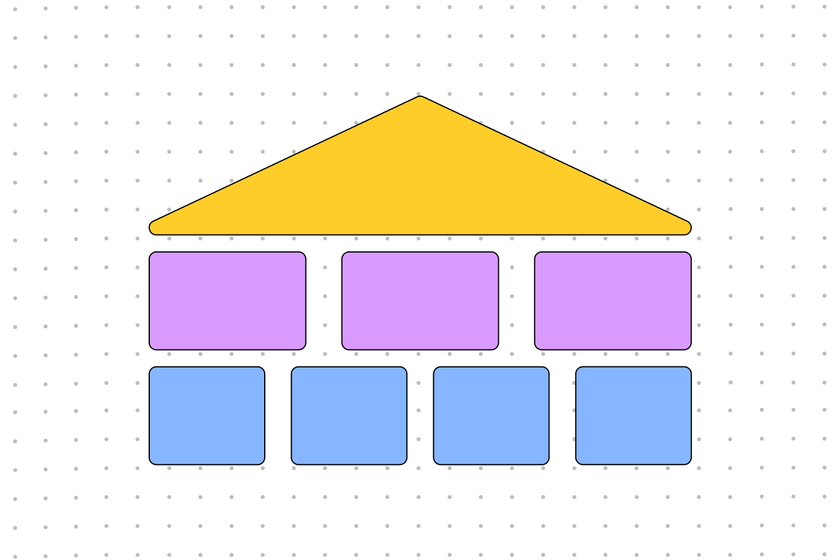FigJamFind the answers you need with our 5 whys template
Before you can build an action plan to figure out how to solve a problem, you need to know why it exists. Get to the bottom of your biggest issues and find a solution with a 5 whys tool from FigJam.

5 whys template
Bring clarity to your team’s brainstorming session with an insightful 5 whys exercise.
There’s always more to the story
Are you asking “why?” something is the way it is? “Just ‘cause” doesn’t cut it. Use a 5 whys template example as a root cause analysis to uncover the real reasons behind your roadblocks.
Dig deeper into issues: Keep asking “why?” until you find different root causes of your problem.
Tame the butterfly effect: Recognize how small shifts can result in dramatically different outcomes.
Find connections: Identify the relationships between seemingly unrelated issues.
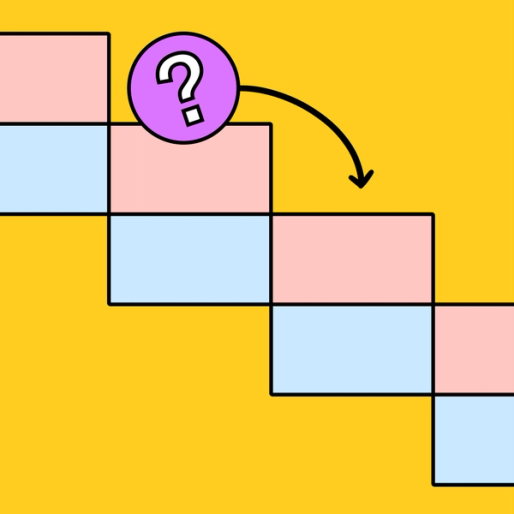

FigJamCrowdsource your queries
With a 5 whys sample from FigJam, you can identify (and solve) your problems as a collective. Encourage participation through polls and lil notes, gauge reactions via this or that, and doodle your way to a decision on a shared whiteboard.
Ask the right questions
Find out what’s holding you back from success with a 5 whys template. Then find success using more graphic organizers from our Community.
FAQs
Before you can solve a root problem, you have to understand it—that’s the motto of the 5 whys method.
This technique involves asking a series of “why”s until you eventually uncover the root cause—the real “why” beneath all those other “why”s. Instead of settling for a surface-level answer, this methodology requires you to confront the underlying factors and problems, so you can more effectively solve them and create a pathway for continuous improvement.
The 5 whys are used to get to the bottom of a specific problem, using a series of repeated “why” questions. To create your own 5 whys example, start with a problem. Then, ask yourself why that issue came to be. Once you have an answer, ask why that happened. Keep asking “why?” until you can’t go any further, and you’ll find your root cause.
Wondering when to use 5 whys? Anytime you notice a shortcoming—whether it’s in the office, at school, or in your personal life—you can ask “why?” to work backward and examine how you ended up there through useful responses.
Let’s say your customer service team is struggling to meet their emails per hour target. Your 5 whys process would look like this:
- My team members aren’t sending the required 10 emails/hour. Why?
- Many of the emails take longer than expected to answer. Why?
- Some emails need a from-scratch response. Why?
- There are no email response templates for certain issues. Why?
- We lack the necessary information to create accurate templates. Why?
- We don’t have a strong enough connection with the app development team.
This final point is your takeaway—the cause of your initial problem, and the thing you need to fix. In this case, it’s time to send an introductory email to the developers.
What are the 5 whys going to help you discover? Find out with a free template from FigJam.
Other templates you might like
Explore 1,000+ templates on the Figma community
Explore even more templates, widgets, and plugins—all built by the Figma community.






